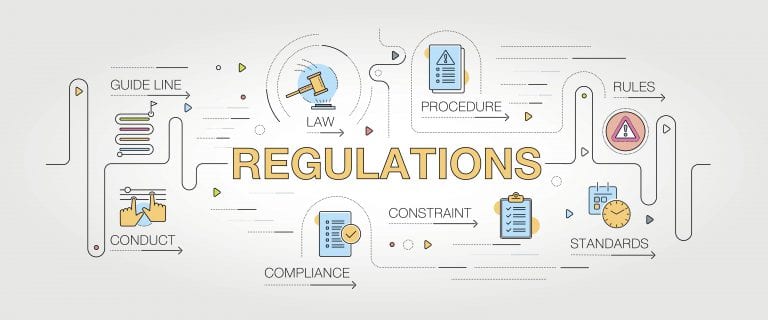By Nathan Teahon, Director of Operations
One of the more nuanced categories of outsourced telemarketing is “Inbound Call Center Vendor Selection”. If your company decides to use outsourced telemarketing, selecting the best inbound call center for your company can be daunting. There are so many call centers out there. What should you consider to ensure selecting the right one?

There are certain components that should one should consider when looking at call centers for your inbound telemarketing campaign.
Technology
A call center might have the ability to take inbound calls, but that doesn’t necessarily mean that they have the right tools to handle those calls in the most effective manner. First of all, the center’s Automatic Call Distributor (ACD) needs to be able to show the managers a real-time view of both the call activity and the agent activity. This might sound obvious or even standard, but I am aware of plenty of centers that would give a limb in order to have better real-time visibility into their inbound activity. Below is just a short list of the key things that you would want a manager to see in real-time with little effort:
- Queue Status: How many calls are in queue? What is the max wait time? What is the current Service Level? What is the current abandon percentage? What is the current Average Speed of Answer (ASA) ? What is the average time to abandon? These are all things that a program manager or supervisor should be able to see in real-time at the click of a button. (Side note: if you are looking at an outsourced telemarketing partner/ call center and they spell “queue” as “que”, that might be a warning sign to run away.)
- Agent Statuses: In addition to seeing the real-time queue activity, a manager also needs to see agents statuses in real-time. If I have multiple calls in queue, a manager needs to see if too many people are on break, if multiple agents are wrapping, are they blended and on calls for another program and adjustments need to be made to an agents skills? Do you need to add more agents to the queue? It might just be a spike and you have to handle accordingly, but a manager needs to have visibility to make these decisions. It might be that there are no calls in queue and several agents are idle. An adjustment is still required.
Visibility at the click of a button is extremely important when managing an inbound campaign. Without it, you are literally flying blind and crossing your fingers that the numbers work out and customers are properly being served. Again, this might seem standard, but you’d be surprised.
Other technology considerations:
- IVR capabilities: The ability to build a robust IVR tree is something that can be extremely useful; without IVR capability, your options will be limited.
- Multiple Queues: In ways this ties to the previous point, but the ability to have multiple queues can be very valuable, particularly if you are dealing with a program where a customer could be calling in regarding multiple (and potentially very different) issues. The ability to have multiple queues allows you to have specialists, or to ease agents into a program without having to know how to handle 100% of the call types. You can train them on one skill until they have it mastered and then train to the next.
- Skills-Based Routing: The ability to have an agent in the queue but skill at the top or the bottom to control the volume that an agent would get in a particular queue is not just extremely useful, but really a necessity in any inbound environment.
Experience
Obviously if you are hiring someone for a job, experience is usually one of the first things up for consideration. This goes back to what I was referring to earlier regarding the perception that these calls are always “easier” or that all call centers are created equal. I stand by the fact that when it comes to outsourced telemarketing partners, each center is like a person and everyone has their own strengths and weaknesses. It’s also not enough to just say that all inbound call centers are created equal. Inbound Sales, Inbound Customer Service, and Inbound Technical Support are all completely different call center skill sets. Now, any center can have more than one specialty, but don’t assume that because they have one that they have the other.
As referenced in the section on technology, inbound can be a completely different animal than an outbound campaign. Does the management group with the call center you are evaluating have experience managing fluctuating call volumes? Do they have a track record of meeting Service Levels? Do they have experience in forecasting and workforce management? What are their typical hours of operation? Do they have bandwidth and capability to manage overnight and weekend volumes if required? These are all things that should be considered.
Agents
Okay, it is broken record time. Say it with me: People have different strengths and different weaknesses. What type of campaign do you have? Does the agent pool match what you are looking for? I know some great outbound sales agents that couldn’t provide customer service with a smile. I know great customer service agents that just don’t have a sales mentality. And, not everyone is technologically minded. Also, many times an inbound program can be complicated with one of 300 different types of questions that could be coming their way. This can require the ability to learn an enormous amount of product knowledge. Also, what type of customer could potentially call in? An angry customer, which is looking for nothing other than to take out all of the frustrations in the world on an undeserving inbound agent. A thick skin can certainly be required.
In conclusion, there are a lot of considerations to consider when choosing an inbound vendor, and the decision shouldn’t be taken lightly. It’s all about fleshing out the details of the campaign and understanding what capabilities are going to be needed and finding a center that matches your criteria.
Connect with Nathan Teahon on LinkedIn to discuss further.








